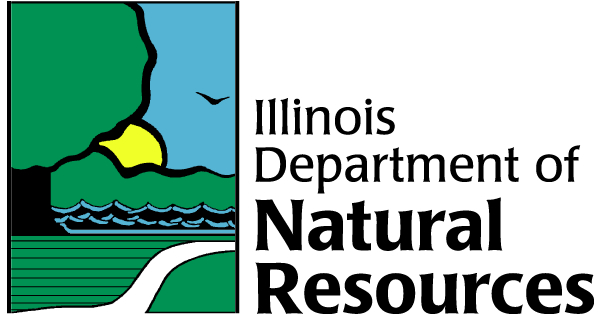Archive - September 2019
What are Pollinators?
Pollinators are animals that transfer pollen to fertilize plants. Pollination is the process of transferring male reproductive cells in pollen to a plant’s female reproductive cells. The successful transfer results in a new plant.
Do Pollinators Intentionally Pollinate Plants?
No. Pollinators visit flowers because they want the sweet nectar and pollen produced there. They use nectar for food.
Some of them combine pollen and nectar to make loaves that their developing young can eat. As a pollinator visits a flower, it may touch the structures that hold the pollen or shake them so that pollen falls on the pollinator. The pollen is often caught in the hairs or feathers of the pollinator. When the pollinator moves to the next flower, some of the pollen that was caught may drop off. If it’s the right type of flower, and the pollen falls in the correct place, pollination may occur. To learn more about pollination, read the “Pollinators” Kids for Conservation® issue from May 2018.
Why are Pollinators Important?
Without pollinators, many plants could not reproduce. Without these plants and the food, shelter, oxygen and ecosystem services they provide, many land-based animals, including humans, could not exist. Pollinators help insure that we have food to eat. The plants that pollinators are helping also give us fibers, edible oils, medicines and other products.
Pollinator populations are declining worldwide. Habitat loss, pesticide use, mites, competition from nonnative species and diseases are killing pollinators. As the number of pollinators continues to decrease, the amount of seeds produced by the plants they pollinate will also continue to decline. The result is fewer plants, fewer flowers and less pollen and nectar for pollinators. We can help pollinators, though, and one of the ways is to make sure that they have pollen and nectar sources from late winter through early fall.
Why Do Pollinators Need Flowers in Fall?
Often, we grow flowering plants in our yard or garden that bloom in spring and summer, providing pretty colors for us to see. Many of these plants no longer have flowers by August or September. Pollinators, though, need flowers for as long as they are active or present in the months of September, October and early November. It is during that time that some pollinator species migrate. Monarchs (Danaus plexippus) travel through Illinois to Mexico, but other migratory species, such as the painted lady (Vanessa cardui) and ruby-throated hummingbird (Archilochus colubris), also move through and out of the state at that time. They need sources of nectar to help them make their long journey. Other pollinators need to store energy from nectar and pollen to help them, and in some cases their offspring, survive the cold, winter months.
What are Some Native Wildflowers that are Beneficial to Pollinators in Fall?
There are a good number of native wildflowers that bloom into late summer and early fall. Try to use a variety of flower shapes and sizes to benefit the most species of pollinators in your area. The following list does not contain all the native plants that bloom in late summer and fall and are helpful to pollinators, but these will provide some good options for you to use. You can learn more about each species from the “For Your Garden” Web page.
azure aster (Symphyotrichum oolentangiense)
cardinal-flower (Lobelia cardinalis)
common mountain mint (Pycnanthemum virginianum)
Culver's-root (Veronicastrum virginicum)
downy sunflower (Helianthus mollis)
drooping coneflower (Ratibida pinnata)
goldenrod (Solidago spp.)
great blue lobelia (Lobelia siphilitica)
ironweed (Vernonia sp.)
late boneset (Eupatorium serotinum)
New England aster (Symphyotrichum novae-angliae)
ox-eye sunflower (Heliopsis helianthoides)
prairie blazing-star (Liatris pycnostachya)
purple coneflower (Echinacea purpurea)
purple Joe-pye-weed (Eutrochium purpureum)
purple prairie clover (Dalea purpurea)
rough blazing-star (Liatris aspera)
sawtooth sunflower (Helianthus grosseserratus)
smooth aster (Symphyotrichum laeve)
spotted Joe-pye-weed (Eutrochium maculatum)
stiff goldenrod (Oligoneuron rigidum)
tall boneset (Eupatorium altissimum)
western sunflower (Helianthus occidentalis)
white prairie clover (Dalea candida)
wild quinine (Parthenium integrifolium)
yellow sneezeweed (Helenium autumnale)


